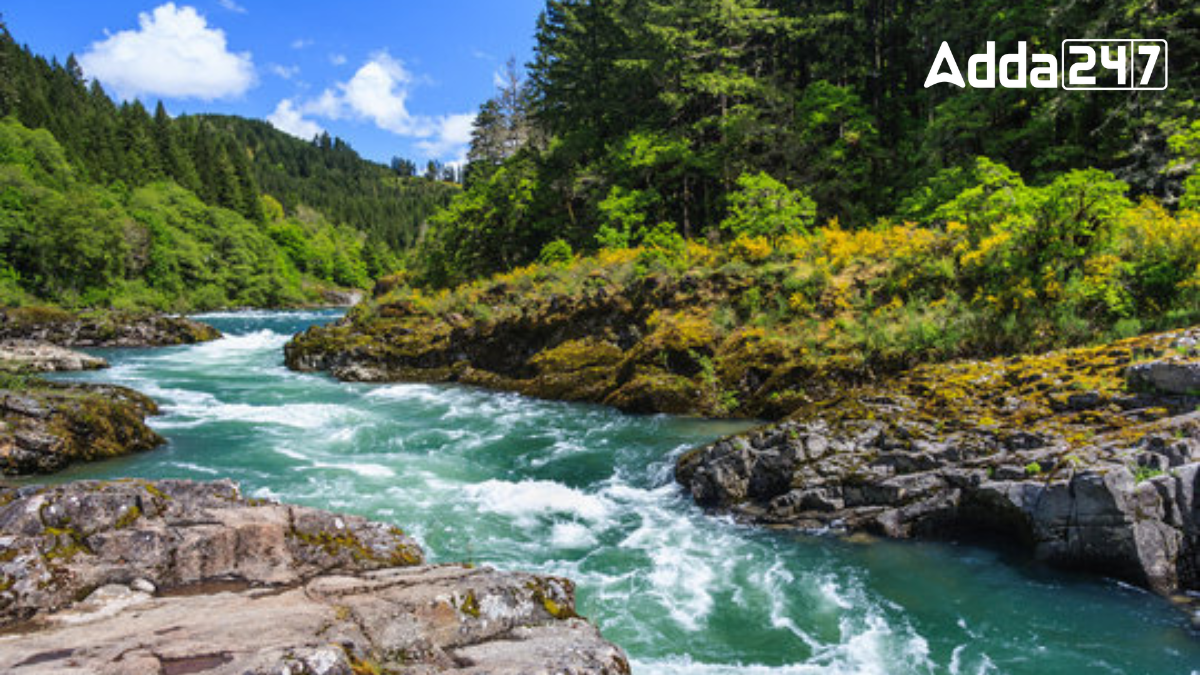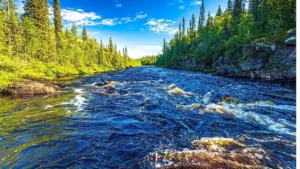India’s rivers are primarily divided into two major categories: Himalayan rivers and Peninsular rivers. These two river systems differ significantly in terms of their origin, flow patterns, geological features, and impact on the regions they traverse. Understanding these differences is crucial for appreciating the diverse hydrography of the Indian subcontinent.
What are Himalayan Rivers?
Himalayan rivers are rivers originating from the Himalayan mountain range, fed by glaciers, snowmelt, and rainfall. Major examples include the Indus, Ganges, and Brahmaputra. These rivers are perennial, maintaining flow throughout the year, and are characterized by their long courses, deep valleys, and significant sediment transport, contributing to the fertile plains and supporting extensive agriculture in northern India.
What are Peninsular Rivers?
Peninsular rivers originate from the peninsular plateau of India, primarily the Western Ghats and central highlands. Major rivers include the Godavari, Krishna, Cauvery, and Mahanadi. These rivers are primarily rain-fed, leading to a seasonal flow pattern with reduced flow during dry seasons. They typically have shorter courses, flow through wide valleys, and are crucial for irrigation and water management in southern India.
Difference Between Himalayan Rivers and Peninsular Rivers
Himalayan and Peninsular rivers in India differ significantly in their origin, flow patterns, geological features, and impact on regional agriculture and water management.
Here is the difference between Himalayan Rivers and Peninsular Rivers:
| Basis of Difference | Himalayan Rivers | Peninsular Rivers |
| Origin | Himalayan mountain ranges | Peninsular plateaus in India |
| Size | Longer and larger than peninsular rivers | Comparatively smaller and shorter than Himalayan |
| Basin and Catchment Area | Larger basins and catchment areas | Smaller basins and catchment areas |
| Bedrock Composition | Soft, sedimentary, easily erodible | Hard, not easily erodible |
| Perennial Nature | Flow throughout the year | Seasonal and non-perennial, may not flow year-round |
| Water Source | Meltwater from glaciers and rains | Fed only by rains |
| Valley Formation | V-shaped valleys | U-shaped valleys |
| Meander Formation | Meanders formed | May not form meanders |
| Delta Formation | Form big deltas at mouths where they meet the sea | Form small rivers and estuaries |
| River Pattern | Antecedent rivers, maintain original course | Consequent rivers, flow in direction of slope |




 What was the Old Name of Bihar? Know Abo...
What was the Old Name of Bihar? Know Abo...
 Which River is known as the Diamond Rive...
Which River is known as the Diamond Rive...
 Which Dry Fruits are known as the King o...
Which Dry Fruits are known as the King o...







